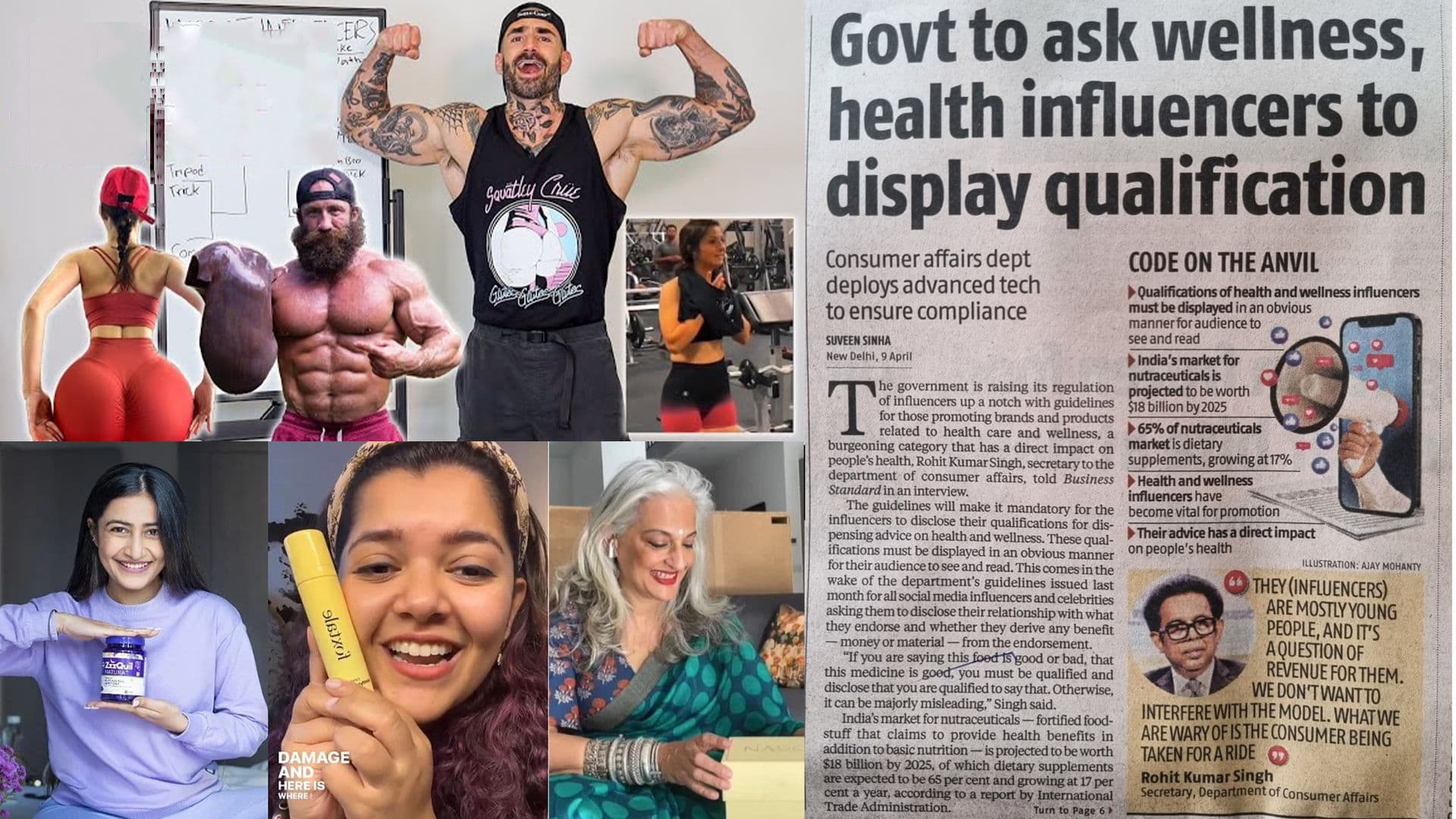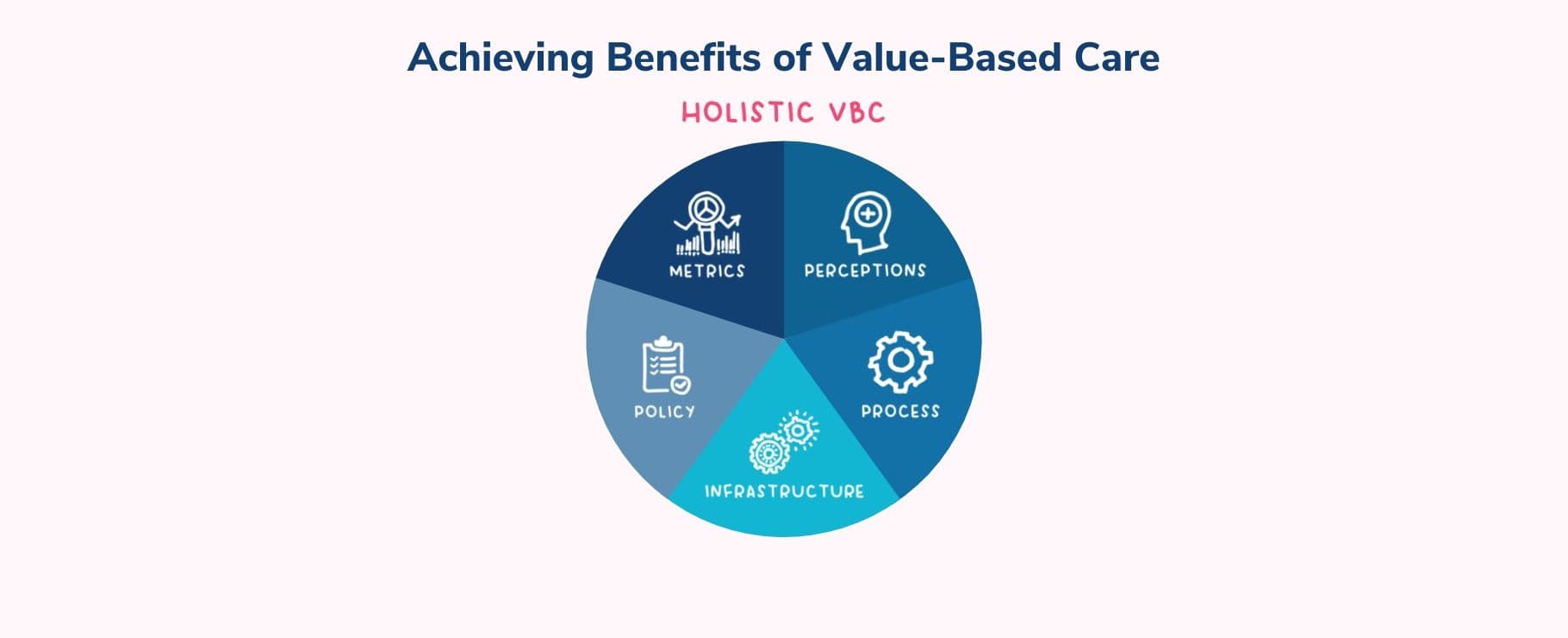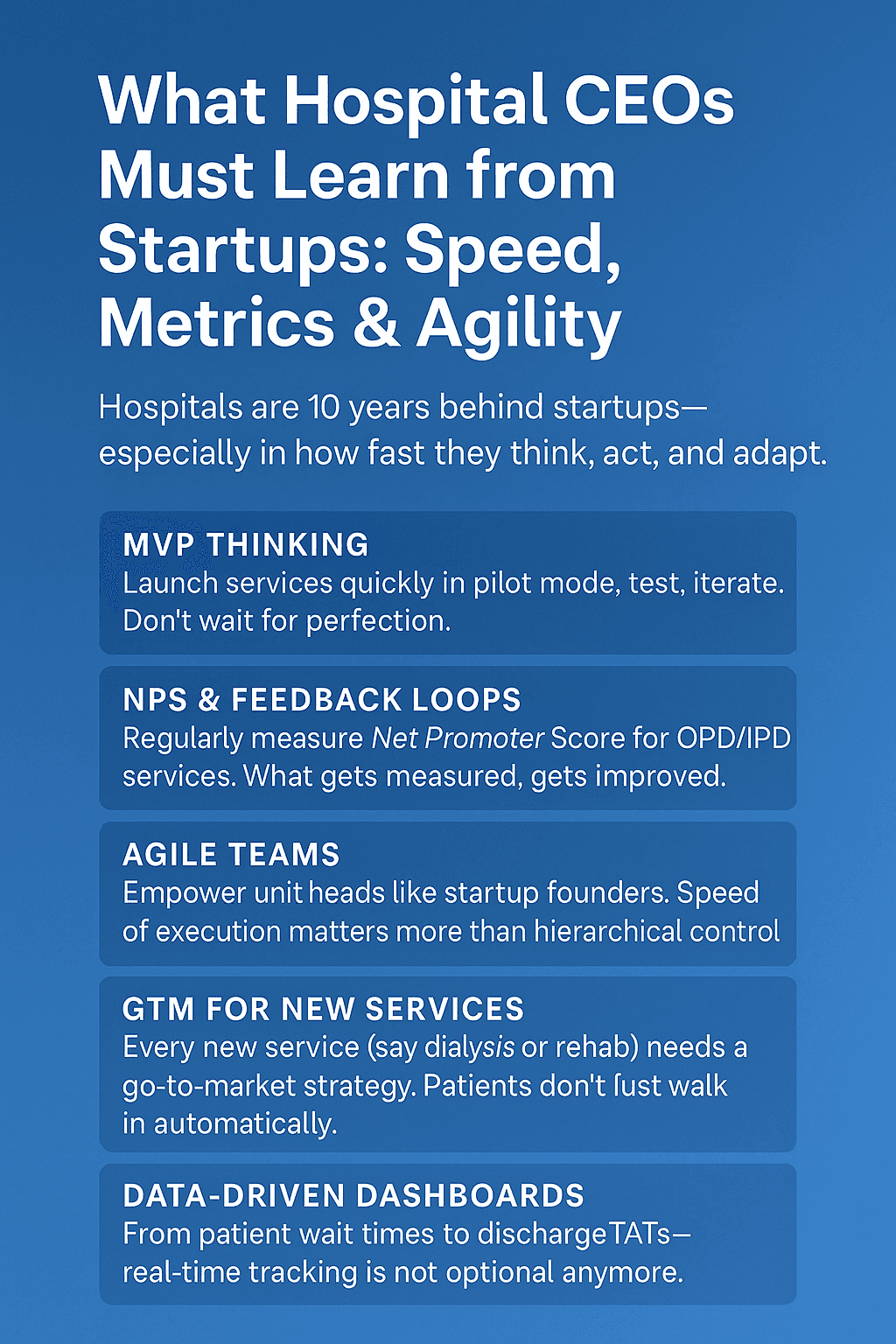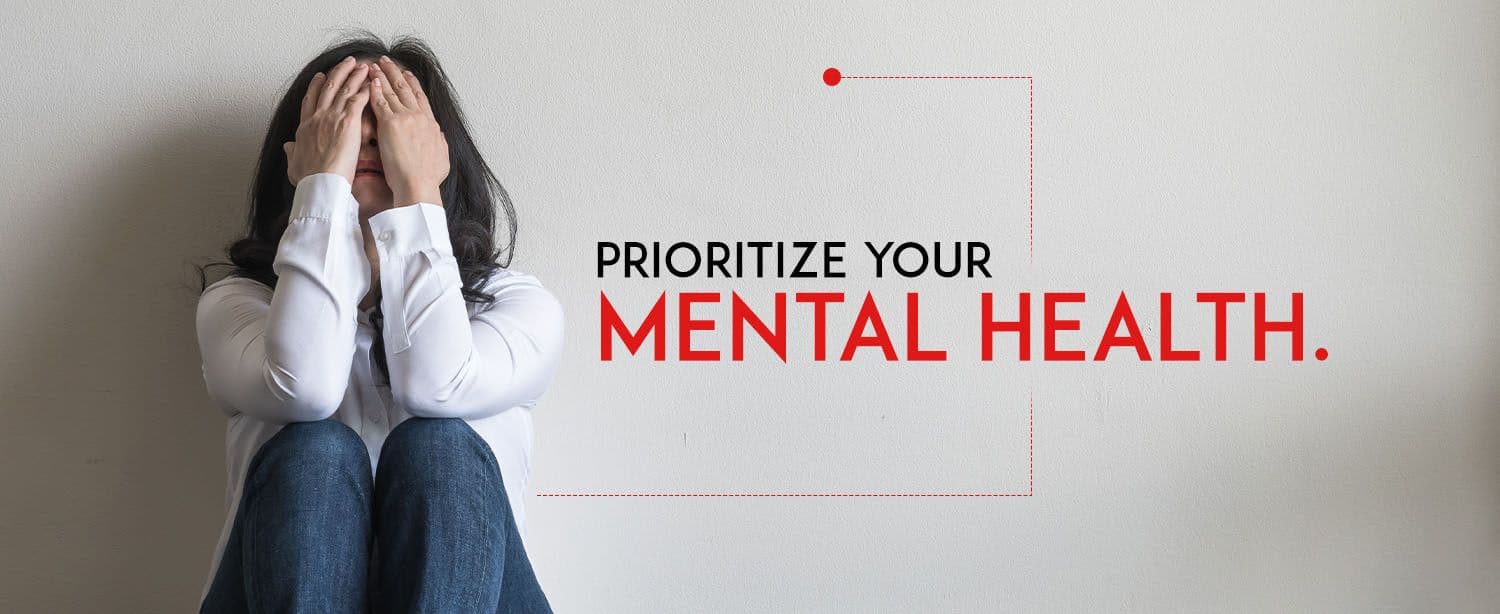The Dark Side of the Creator Economy: Misinformation and Exploitation

The Bedroom Broadcasters : A New Frontier in Intimacy Education?
Let's start with the "bedroom broadcasters". Armed with nothing more than a camera and a dash of audacity, these intimacy influencers are offering their unsolicited advice on everything from sex positions to relationship dynamics. While we applaud the newfound openness and acceptance of sexuality, one cannot help but wonder if these influencers are truly qualified to be the arbiters of bedroom etiquette. Are they certified intimacy coaches, or just individuals with strong opinions and a platform?
The Health and Wellness Gurus : The Risks of Relying on Misinformation
Then there are the health and wellness gurus. From reversing diabetes to weight loss remedies, these influencers are promising miracles at the click of a button. While some may offer valuable insights based on scientific evidence, many others are promoting unproven or even harmful remedies. The ease of entry into this space has led to a proliferation of unqualified individuals sharing medical advice, often with disastrous consequences.
The recent government crackdown on financial influencers who were promoting risky trading practices serves as a cautionary tale. These influencers, often lacking financial expertise, encouraged millions of small investors to make impulsive and potentially harmful investment decisions. The resulting market volatility and individual losses highlighted the dangers of relying on unqualified sources for financial advice.
The Influencers Economy - The Lack of Regulation and Oversight
The influencer marketing industry in India is expected to reach 28 Billion Rupees by 2026, fueled by the increasing popularity of social media platforms and the ability of influencers to engage with large and targeted audiences. However, the lack of regulation and oversight in many parts of the world has created a fertile ground for misinformation.
It's a delicate balance between promoting healthy lifestyles and perpetuating harmful myths. While some influencers may provide valuable information, others risk misinforming their audience with outdated or inaccurate advice. The line between empowerment and exploitation can be thin, and it's essential to approach this content with a critical eye.
The Digital Quackery Debate - The Balance Between Innovation and Safety
The rise of social media has undoubtedly transformed the landscape of information dissemination. In recent years, we’ve witnessed the emergence of a new economic frontier: the creator economy. This digital revolution has empowered individuals to monetize their content, from gaming and beauty tutorials to health and wellness advice. While this democratization of content creation has its merits, it has also raised concerns about the quality and accuracy of the information being shared.
The health and wellness sector has been particularly susceptible to the influence of social media influencers. From weight loss challenges to miracle diet plans, a plethora of advice is readily available at the click of a button. While some influencers offer valuable insights based on scientific evidence, many others promote unproven or even harmful remedies.
There’s no denying that social media has changed the way we consume information. The rise of the creator economy has allowed people to turn their content into a business—whether it’s gaming videos, makeup tutorials, or health advice. But in the health space, this has raised some red flags.
The ease of entry into the health influencing space has led to a proliferation of unqualified individuals sharing medical advice. Without the necessary qualifications or training, many influencers are pushing fad diets, untested supplements, or misleading health advice. The result? Real health problems for their followers, from eating disorders to nutritional deficiencies. So, where do we draw the line between empowering content and digital quackery?
It is imperative that we strike a balance between promoting innovation and ensuring the safety and well-being of consumers. This requires a multifaceted approach that includes:
- Increased regulation:Governments and industry bodies should implement stricter guidelines for health influencers, particularly those who promote medical advice.
- Education and awareness:Consumers should be educated about the risks of relying solely on social media for health information.
- Verification and fact-checking:Platforms should invest in tools and resources to verify the credibility of health-related content.
- Collaboration between healthcare professionals and influencers:Partnerships between healthcare professionals and influencers can help ensure that the information being shared is accurate and evidence-based.
By addressing these issues, we can harness the potential of the creator economy while protecting the public health.
The rise of health and wellness influencers presents both opportunities and challenges. While social media has empowered individuals to share their knowledge and experiences, it has also created a landscape ripe for misinformation. It is essential for consumers to approach this content with a critical eye and to seek advice from qualified healthcare professionals. By doing so, we can navigate the digital quackery circuit and promote a healthier and more informed society.
Related Articles

Generic Medicines & the Rise of Jan Aushadhi Kendras in India: Promise, Pitfalls, and the Path Forward
In a country where millions fall into poverty due to healthcare costs, Jan Aushadhi Kendras have emerged as a lifeline — offering quality-assured generic medicines at 50–80% lower prices. Over 14,000 such stores now serve India’s most vulnerable. Yet, as journalist Durgesh Nandan Jha recently reported, the shift toward generics has sparked a nationwide debate: Is affordability enough without guaranteed quality? While many healthcare leaders hail the model as a landmark in access and equity, others warn of regulatory gaps, poor pharmacovigilance, and silent therapeutic failures. As one doctor put it, “A ₹1 paracetamol that doesn’t work is not affordable — it’s potentially fatal.” This article explores the ground reality behind the generics movement — blending data, diverse expert opinions, and a call to action: India must now evolve from “cheap drugs” to “trusted generics.”

🏥 Hospital Boards Are Getting It Wrong If Your KPI is OPD Footfall, You’re Missing the Bigger Picture
Most hospital boards in Tier-2 India still track outdated metrics—OPD footfall, bed occupancy, and monthly billing—as signs of success. But in 2025, that’s no longer enough. Today, clinical outcomes, patient satisfaction, and operational efficiency matter more. Recent SME IPOs of small hospitals like Broach Lifecare and Shanmuga Hospital show that investors are backing value, not volume. Hospitals that shift from counting patients to improving care quality will lead the future of healthcare. Boards must evolve from revenue watchers to outcome enablers. Because in healthcare, impact matters more than intake.

𝗪𝗵𝗮𝘁 𝗛𝗼𝘀𝗽𝗶𝘁𝗮𝗹 𝗖𝗘𝗢𝘀 𝗠𝘂𝘀𝘁 𝗟𝗲𝗮𝗿𝗻 𝗳𝗿𝗼𝗺 𝗦𝘁𝗮𝗿𝘁𝘂𝗽𝘀: 𝗦𝗽𝗲𝗲𝗱, 𝗠𝗲𝘁𝗿𝗶𝗰𝘀 & 𝗔𝗴𝗶𝗹𝗶𝘁𝘆
In today’s rapidly evolving healthcare landscape, traditional hospitals cannot afford to operate at yesterday’s pace. While startups are innovating at lightning speed—launching features, iterating on feedback, and scaling rapidly—many hospitals are still stuck in bureaucratic inertia, delayed decisions, and outdated management models. This article explores how hospital CEOs can adopt startup principles to drive operational efficiency, improve patient outcomes, and remain competitive. From MVP-based service launches to real-time dashboards, agile leadership structures, and data-driven decision-making, it outlines a practical roadmap for hospital leaders who are ready to embrace the mindset of a modern, patient-centric enterprise. The future of healthcare belongs to those who can move fast, measure right, and adapt with precision. It's time hospital leadership started thinking like entrepreneurs.

दिखावे के ज़माने में टूटते लोग: सोशल मीडिया, AI और हमारी अधूरी ज़िंदगी
सोशल मीडिया के इस तेज़ और चमकदार युग में, जहाँ हर मुस्कान में फिल्टर और हर रिश्ते में confusion है, वहाँ असली खुशी और सुकून दूर होता जा रहा है। हम सब दिखते बहुत 'happy' हैं, लेकिन अंदर से थके हुए, उलझे हुए और कभी-कभी टूटे हुए भी। AI से बात करना आसान हो गया है, पर अपने दिल की बात किसी अपने से कहना अब भी सबसे मुश्किल काम लगता है। ये लेख उसी नकली हँसी के पीछे छिपे दर्द, रिश्तों की उलझनों और mental health की सच्चाई को उजागर करता है – एक तंज, एक सच और एक कोशिश, कि शायद कोई पढ़कर रुक जाए... और खुद से या किसी से बात कर ले।

Syllabus ke bahar ka sawaal !
Busy in month-end closing? I bet you're deep in numbers: revenue, COGS, ROAS, margins, CAC, and all those financial metrics that keep the business world running. But let me ask you this: what about the numbers that truly matter? The numbers that can mean the difference between life and death?